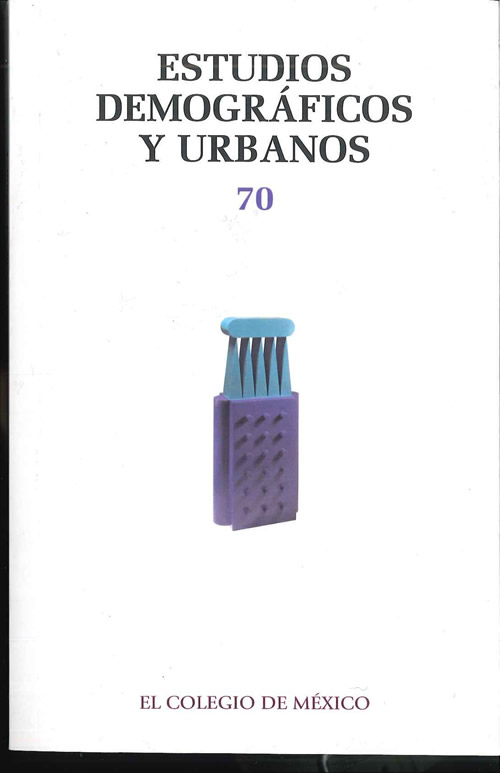The Chilean City System during the Second Half of the 20th Century: between Sub-Urbanization and Decentralization
Published 2009-01-01
Keywords
- internal migration,
- city system,
- spatial distribution of the population,
- demographic trends
How to Cite
-
Abstract1087
-
PDF (español)424
-
En línea (español)515
Downloads
Copyright (c) 2009 Estudios Demográficos y Urbanos

This work is licensed under a Creative Commons Attribution-NonCommercial-NoDerivatives 4.0 International License.
Metrics
Abstract
Since the mid-20th century, the Chilean City system has diversified, increasing its presence in intermediate cities, while its migratory flows have become more complex. Despite its continued demographic importance, Santiago has registered net emigration over the past 15 years, partly as a result of suburbanization, and partly as a result of the effective reorientation of migratory flows towards cities located some distance away. The qualitative effects of inter-city migration include the erosion of the basis of human resources of those undergoing a prolonged economic crisis. This emerging migratory scenario requires new theoretical approaches.


